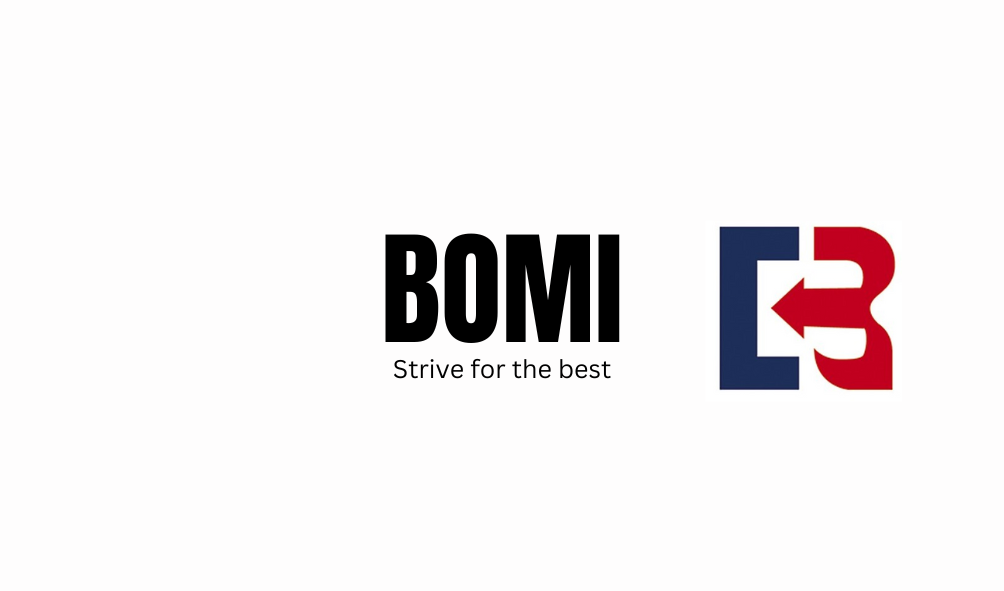
 Apr 01,2024
Apr 01,2024
 BOMI shanghai
BOMI shanghai
 406
406
In the process of clay modeling of automobile modeling, the use of clay has a crucial impact on the details and surface smoothness of the finished product. Common clay methods include layer by layer and block by block, which can be flexibly applied according to the needs of the model and the specific shape characteristics. Here is a detailed explanation of each technique
1. Layer by layer paste method
The layer-by-layer method is a detailed clay technique, usually suitable for building flat or even curved model surfaces. The key is to add clay layer by layer and push it so that each layer fits evenly. The steps of this method are as follows:
Surface treatment and heating: Before attaching the clay, the foam board or model base is usually lightly heated with a hot welding torch to increase the surface hardness and enhance the adhesion of the clay.
Paste and push: Apply the clay layer by layer on the base surface, use the palm or tool to push and push in the vertical and horizontal directions, and the thickness of each push and erase is generally controlled at 1-2mm. When pushing, keep the fingers and tools applying steady force to avoid cracks or gaps.
Cross overlap: After each layer is pasted, keep the way of mud in the cross direction, that is, transverse completion and then longitudinal, like weaving. This method ensures that each layer of clay is tightly bonded to avoid bubbles and cracks.
This method requires a certain amount of patience and skill, suitable for fine details, smooth surface modeling needs.
2. Block paste method
The block paste method is a rapid prototyping technique that is suitable for situations where a large amount of fill or a thicker surface is constructed. This method achieves rapid filling by pre-heating the clay blocks and quickly bonding them to the base surface. Here are the steps:
Preheat and fit: The clay block is evenly heated to the appropriate softness to better fit the surface of the model. Adjust the size of the clay blocks as required and apply even pressure when pasting to ensure that the clay blocks fit tightly and avoid bubbles.
Layer compaction: After each layer of clay blocks is fitted, it can be compacted with a push tool or finger to ensure seamless bonding between clay blocks. If you need to increase the thickness, you can add clay blocks layer by layer and push and flatten with tools.
Thickness control: In the block paste method, it is necessary to always pay attention to the thickness of the clay to avoid the problem of uneven thickness or material waste.
The advantage of block paste method is that it has high efficiency, but it has high technical requirements, especially when the paste area is large, the seams and layers need to be carefully treated to avoid falling off or cracking during later grinding.
The choice and use of clay techniques directly affect the final effect of the car model. In the modeling process, the smooth surface can be achieved through the layer-by-layer paste method, which is suitable for detailed treatment, while the block paste method is suitable for rapid prototyping and large area filling. By mastering these clay techniques, modelers can strike a balance between detail and efficiency, laying a good foundation for later grinding and detailed carving.
